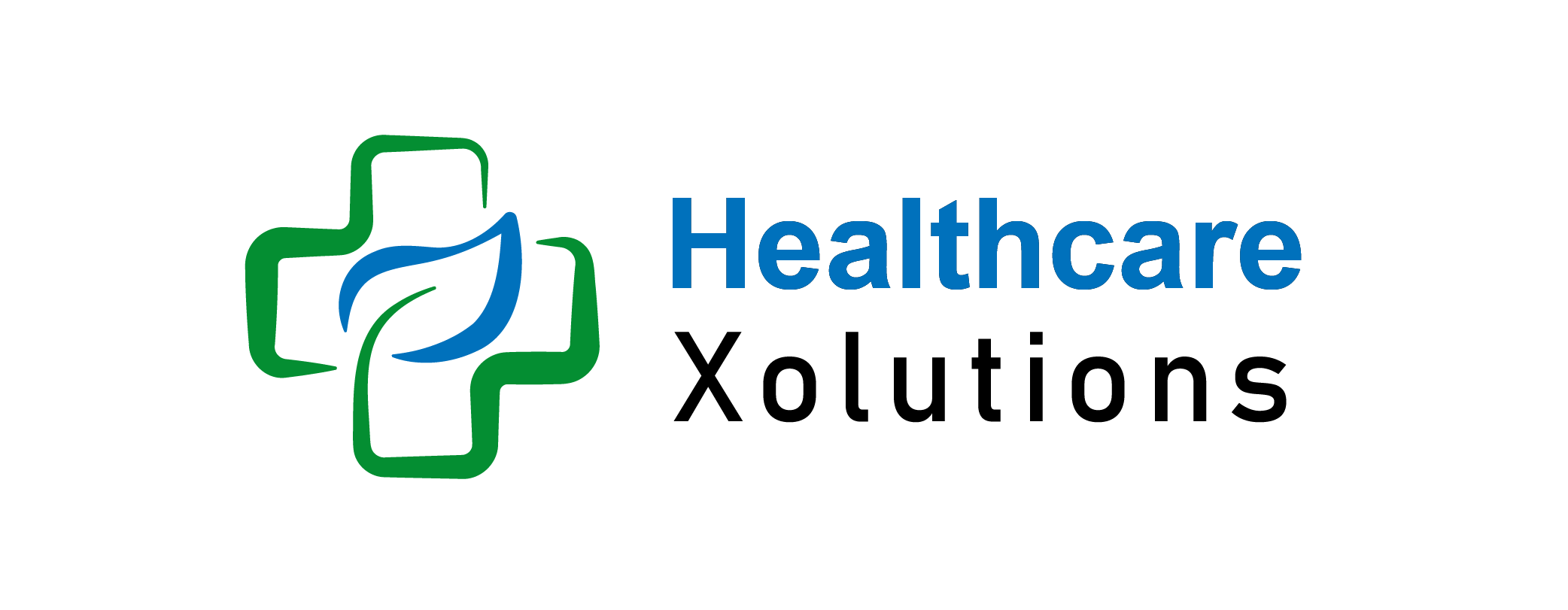What Are Health Insurance Plans? A Complete Guide 2024

In 2024, understanding health insurance plans is crucial for managing healthcare expenses effectively. According to the U.S. Census Bureau, 92.0% of Americans had health insurance coverage in 2023, highlighting the importance of these plans in providing financial protection against medical costs. The Health Insurance Marketplace continues to offer a variety of options, ensuring individuals and families can find suitable coverage.
In this guide, we will explain what are health insurance plans, their benefits, and how to choose the right health insurance plan for you.
Key Takeaways:
- Definition: Health insurance plans provide financial coverage for medical expenses.
- Types: Options include HMO, PPO, EPO, POS, and catastrophic plans.
- Benefits: Plans offer cost management, preventative care, emergency coverage, mental health support, and prescription drug benefits.
- Selection Tips: Assess healthcare needs, plan networks, and out-of-pocket costs to choose the best plan.
Table of Contents
What Are Health Insurance Plans? Everything You Need
Health insurance plans are agreements between individuals and insurance companies. In exchange for a monthly premium, the insurer covers specific medical expenses. These plans often include preventative care, emergency services, prescription medications, and more. The Health Insurance Marketplace plays a critical role in offering these plans to individuals and families, ensuring accessibility and affordability.
Key Features of Health Insurance Plans:
- Premiums: A premium is the amount you pay monthly to maintain coverage. Higher premiums often reduce out-of-pocket expenses.
- Deductibles: The deductible is the amount you pay before your insurance starts covering medical expenses. Plans with lower premiums usually have higher deductibles.
- Copayments and Coinsurance: These are shared costs where policyholders pay a portion of medical expenses. Copayments are fixed amounts, while coinsurance is a percentage of the cost.
- Out-of-Pocket Maximums: This is the maximum amount you pay annually for covered services. Once reached, the insurance covers all additional costs.
Types of Health Insurance Plans:
Different health insurance plans cater to diverse healthcare needs. Below are the primary types:
1. Health Maintenance Organization (HMO) Plans:
- Require policyholders to use a network of healthcare providers.
- Emphasize preventative care.
- Typically have lower premiums but limited provider flexibility.
2. Preferred Provider Organization (PPO) Plans:
- Offer greater flexibility in choosing healthcare providers.
- Allow out-of-network care at higher costs.
- Feature higher premiums but are suitable for those needing specialist access.
3. Exclusive Provider Organization (EPO) Plans:
- Provide coverage only within a specific network.
- Do not cover out-of-network care except for emergencies.
- Combine cost savings with network restrictions.
4. Point of Service (POS) Plans:
- Require referrals for specialist visits.
- Allow some out-of-network care with higher costs.
- Balance cost-efficiency and provider choice.
5. Catastrophic Health Insurance Plans:
- Designed for individuals under 30 or those with financial hardship exemptions.
- Cover essential health benefits after a high deductible is met.
- Ideal for unexpected, major medical expenses.
Benefits of Health Insurance Plans:
- Cost Management: Health insurance plans reduce the financial impact of medical treatments, including surgeries, hospitalizations, and medications.
- Access to Preventative Care: Many plans cover services like vaccinations, screenings, and wellness visits to prevent serious health conditions.
- Emergency Coverage: Most plans cover emergency room visits and urgent care, providing immediate assistance during critical situations.
- Mental Health Support: Many modern plans include mental health and substance abuse services, ensuring comprehensive healthcare.
- Prescription Drug Coverage: Plans often include coverage for medications, reducing out-of-pocket costs for necessary prescriptions.
Key Considerations When Choosing Health Insurance Plans:
- Evaluate Healthcare Needs: Consider current health conditions, medications, and preferred doctors.
- Understand Plan Networks: Ensure your preferred providers are in-network to avoid higher costs.
- Check Prescription Coverage: Verify that necessary medications are included in the plan’s formulary.
- Assess Costs Beyond Premiums: Review deductibles, copayments, coinsurance, and out-of-pocket maximums.
- Utilize Preventative Care Benefits: Choose plans that offer free or low-cost preventative services.
Conclusion – What Are Health Insurance Plans:
Health insurance plans provide financial protection and access to essential healthcare services. With options like HMOs, PPOs, and catastrophic plans, each caters to different needs and budgets. Key features such as premiums, deductibles, and out-of-pocket limits help determine costs.
The Health Insurance Marketplace simplifies plan selection with subsidies for affordability. By assessing healthcare needs, provider networks, and costs, you can confidently choose the best plan for your needs in 2024.
FAQs:
How Do Health Insurance Plans Work?
They involve cost-sharing through premiums, deductibles, copayments, and coinsurance, with an annual out-of-pocket limit.
Are Subsidies Available?
Yes, income-based subsidies are available through the marketplace to lower premiums and out-of-pocket costs.
